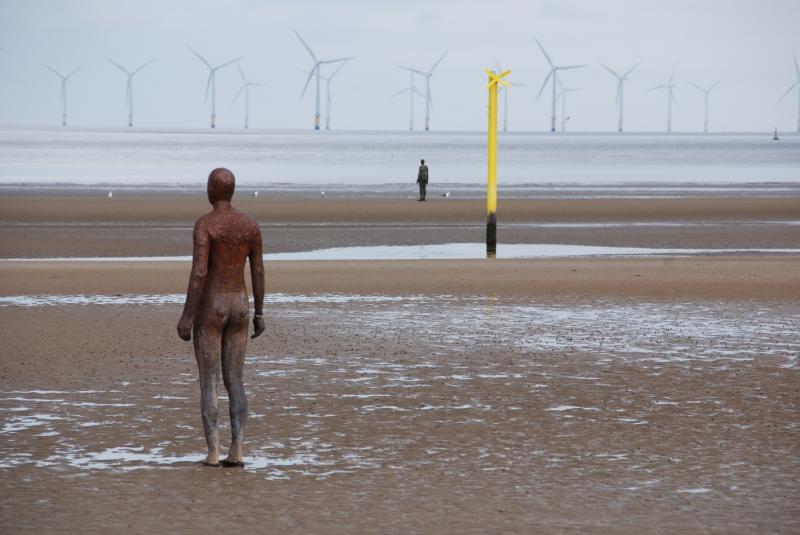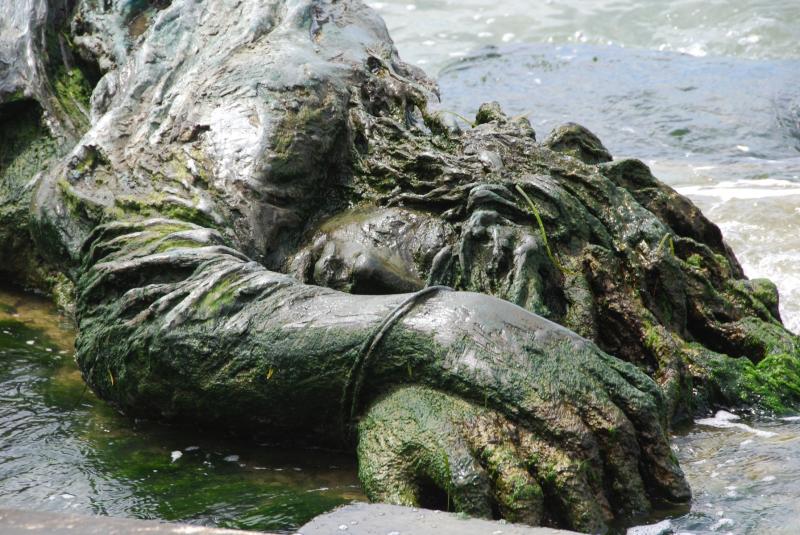Memento 3
Places of power. Places of worship. Places of culture. Museums and galleries are arbiters of our material histories and interpreters of socio-cultural genres. This project focuses primarily on the fabric of museum architecture, foundation, biennial or commercial gallery spaces, and public urban or green spaces in which cultural expression is manifest. Contrasting the iconic elements of major established cultural centres to localized post-industrial or commercial structures, we experience a range of aesthetic encounters often from the perspective of the street, elevated rooftop or from the museum looking out. We walk by, linger outside, or look inside the vestibules of museums, places of learning or historic buildings without encountering the brunt of the exhibits on view.
We are left with the fleeting impressions of the flâneur whose dérive is traced through this assembled collection of photographic images. The aesthete’s desire gives way to a personalized narrative in which public art, social space, architecture, and display history vie for significance. From the early church to the classical edifice of the 19th-century museum, from the steel and glass boxes of modernism to the valences of postmodern pastiche or post-industrial repurposing, these each express power and cultural prerogative. Rare is the symbiotic relationship between architect and artist, such as that of Frank Gehry and Richard Serra at the Guggenheim in Bilbao, Spain, but in principle the exhibited artwork is enhanced by the presentation space as well as curatorial objective.
Today, the museum or gallery can draw prestige from their architectural program, geographic locale, or historical significance, but compelling works of art, performances, and individual public expressions of creativity (such as the rituals of everyday life, street theatre or graffiti) galvanize the diversity of art both within sanctioned institutional spaces and the ‘non-spaces’ that have the capacity to take on resonance. We are, in the end, arbiters of our own aesthetic experience, and if drawn to the context of cities and their amenities, we can preference this by exploring the urban fabric, public spaces and buildings or structures that harbour our collective imagination. (Text by Derek Knight)
Images:
Ayse Erkmen (b. 1949, Turkey), Plan B, 2011. Water purification units with extended pipes and cables, view of installation at the Turkish Pavilion, 54th Venice Biennale, Italy. (dk 2012).
Ian Davenport, (b. 1966, UK), "Poured Lines," 2006, enamel on steel, Southwark Street, London, England (and cyclist) (© dk 2011).
Antony Gormley (b. 1950, England), "Another Place," 2005, 100 cast-iron, life-size figures after the artist, Crosby Beach, Liverpool, Merseyside, England (© dk 2011).
Sean Scully (b. 1945, Ireland), "Venus Stack," 2020, Murano Glass, installation view, Stone Hall, Houghton Hall, Norfolk, England (© dk 2023).
Viewer with Francis Bacon, "Figure in a Landscape," 1945, and adjacent room with video by Young-Hae Change Heavy Industries, TEASER, 2010, from "Painting and Mass Media," Tate Gallery, London, England (© dk 2023).
Augusto Murer (1922-85, Italy), "Monument to the Female Partisan," 1966-69, (detail), bronze, Viale Giardini Pubblici, Venice (in collaboration with architect Carlo Scarpa) (© dk 2012).





